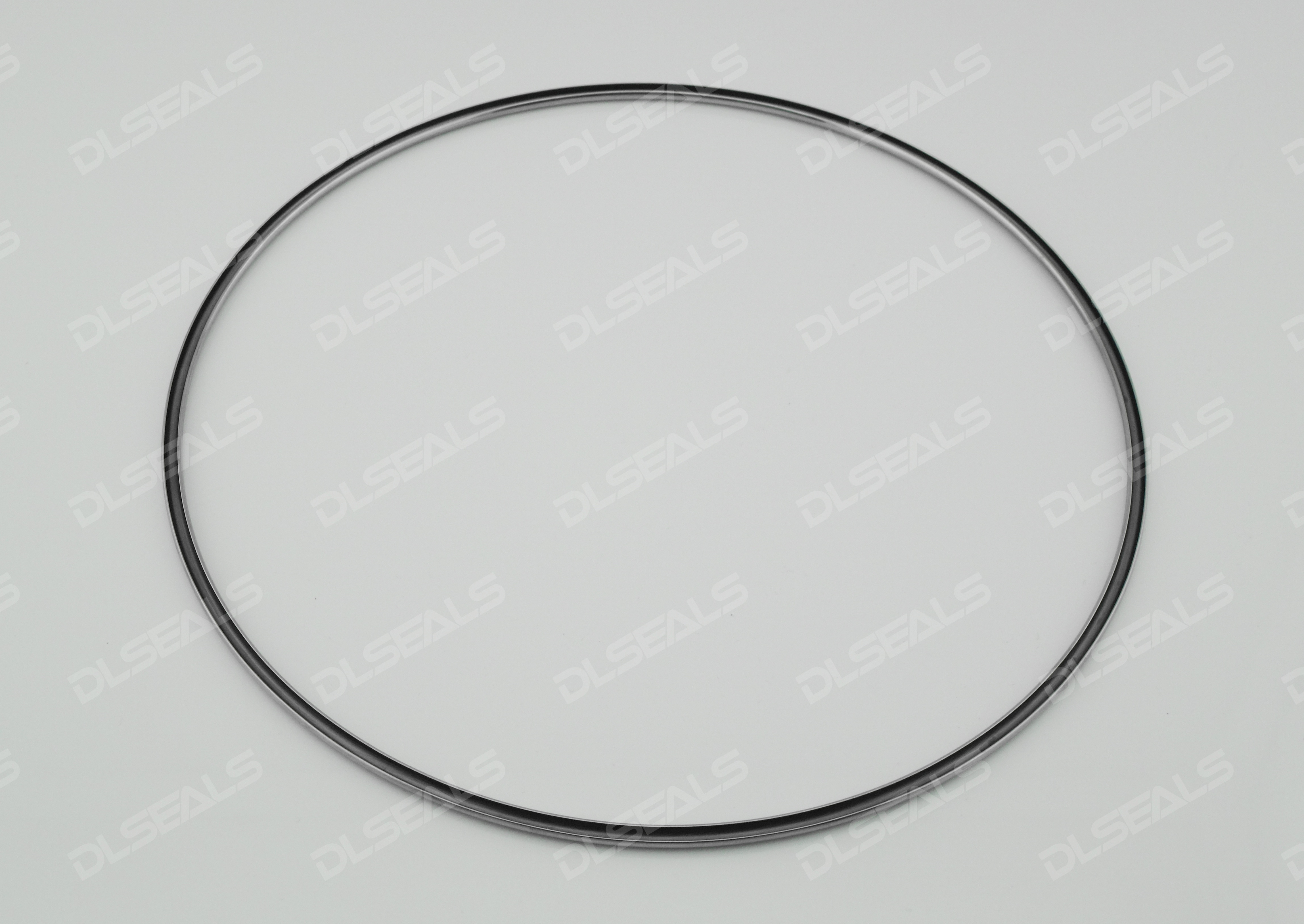Metal U-Seals excel in extreme conditions (>70MPa, -200°C to 650°C) where elastomers fail. This technical analysis covers their structural advantages, material selection, and critical installation protocols.
I. Core Characteristics & Structural Design
1.1 Structural Features
| Parameter | Metal U-Seal | Metal C-Seal |
|---|---|---|
| Cross-section | Symmetric U-shaped lips | Open C-shaped single lip |
| Sealing Mechanism | Elastic lip deformation + radial preload | Line-contact compression |
| Misalignment Tolerance | ★★★★☆ (±0.5mm adaptive) | ★★☆☆☆ (Requires precise alignment) |
| Collapse Resistance | Reinforced root structure | Thin-wall prone to permanent deformation |
1.2 Working Principle
- Dual-stage sealing:
- Primary seal: Initial contact via elastic lip deformation
- Secondary seal: System pressure energizes lip-to-surface contact
- Rebound reserve: U-base stores elastic energy for wear/thermal compensation
II. Material Performance (ASTM Standards)
| Material | Temp. Range | Corrosion Resistance | Typical Applications |
|---|---|---|---|
| 304 Stainless | -200~400℃ | Weak acids/alkalis (pH4-10) | General hydraulics |
| Hastelloy C276 | -250~450℃ | ★★★★★ (Strong acids/halogens) | Chemical reactors/Nuclear pumps |
| Ti-6Al-4V | -270~600℃ | Seawater/oxidizing media | Aerospace/Deep-sea equipment |
| Inconel 718 | -200~700℃ | High-temp oxidation | Rocket engine nozzles |
Note: Hastelloy corrosion rate <0.002mm/year in Cl⁻ media (ASTM G48)
III. Key Differences vs. C-Seals
| Comparison | Metal U-Seal | Metal C-Seal |
|---|---|---|
| Reliability | Redundant dual-lip sealing | Single-point contact risk |
| Dynamic Adaptability | Compensates vibration/misalignment | Strict alignment needed (<0.1mm) |
| Impact Resistance | Pressure-distributing root | Thin-wall collapses easily |
| Reusability | 3-5 service cycles | Typically discarded after removal |
| Cost Efficiency | Higher initial cost, >5yr lifespan | Low cost but frequent replacement |
IV. Critical Applications
4.1 Irreplaceable Scenarios
- Ultra-high pressure cylinders:
-
100MPa (e.g., 10,000-ton press cylinders)
- Leakage <1ml/h (ISO 6194)
-
- Extreme temperatures:
- Liquid oxygen pipelines (-183℃)
- Gas turbine seals (650℃)
- Aggressive media:
- Sulfuric acid reactors (>98% concentration)
- Seawater hydraulic systems
4.2 Case Studies
- Space station docking mechanism: Ti-6Al-4V U-seals maintain 10⁻⁸ Pa vacuum
- Deep-sea BOPs: Hastelloy U-seals withstand 103.5MPa hydrostatic pressure
V. Installation Protocol
5.1 Critical Steps
- Surface preparation:
- Ra ≤0.4μm (ISO 4288)
- Hardness ≥HRC 50
- Clearance control:
- Radial clearance: 0.05-0.15mm (Interference = 0.1% × shaft diameter)
- Pre-compression:
- Axial compression: 15-20% (Over-compression causes plastic deformation)
5.2 Prohibited Operations
- ❌ Hammer installation (Use mandrel press tools)
- ❌ Over-stretching (>2% deformation kills rebound)
- ❌ Dry assembly (Must apply MoS₂ high-temp grease)
Conclusion: Metal U-Seals achieve near-zero leakage in extreme conditions through elastic energy storage and pressure-energized sealing. Their dual-lip design outperforms C-Seals in reliability and adaptability, reducing lifecycle costs by >40% despite higher initial investment.
Post time: Jun-26-2025

